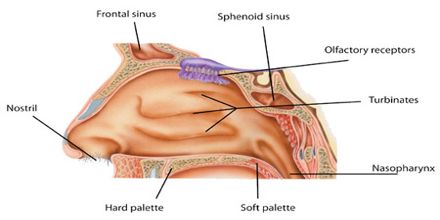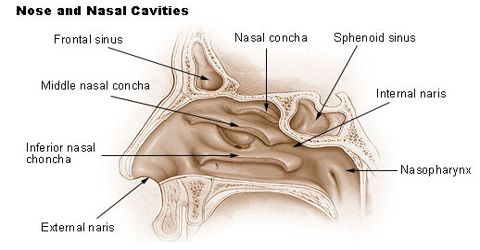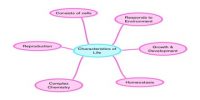We can identify fragrance and odour with our nose. We breathe and smell with it. We enjoy the fragrances of flower and cover our nose when we smell the odour coming from dirt. Our nose is situated above the buccall cavity. The nose contains a mucous membrane with numerous smell receptors that receive information about the smell. This information is then transmitted to the brain via the olfactory nerve. The receptors in our noses interact with scent molecules in the air, allowing us to receive information regarding smell. This is the second most well-developed of the sensory organs in the human body.
It has two parts; nostrils and nasal canal.

1) Nostrils: The part of the nose through which air enters is called nostril. A nostril is one of the two channels of the nose, from the point where they bifurcate to the external opening.
2) Nasal canal: It is a cavity that extends from the nostrils to the back of the throat or pharynx. The cavity is triangular in shape and divided into two parts by a thin wall. The front part is covered with hair and the hinder part is lined with a mucus membrane. This membrane is also called smell membrane. It contains blood capillaries and numerous smell receptor cells. The function of the nasal cavity is to warm, moisturize, and filter air entering the body before it reaches the lungs.
Taking care of the nose
We smell through the nose and also breathe through it. It has a mucus membrane in it. In children, dirt gets trapped in the mucus which should be cleaned regularly.














